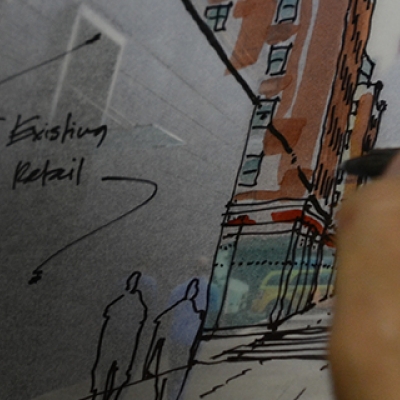
In Some Places, Environmentalists Should Be Arguing for More Development. Here’s Why.
By Robert I. McDonald / On October 27th, 2015
Zoning is often viewed as a friend of conservation. But could some zoning actually be detrimental to conservation goals?

